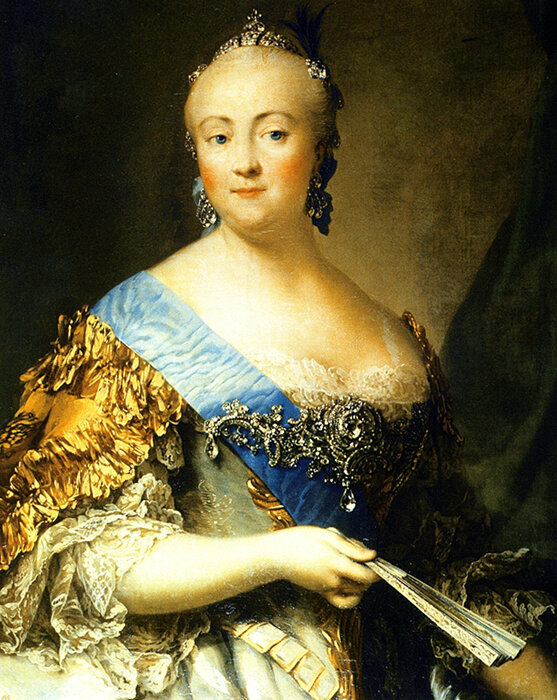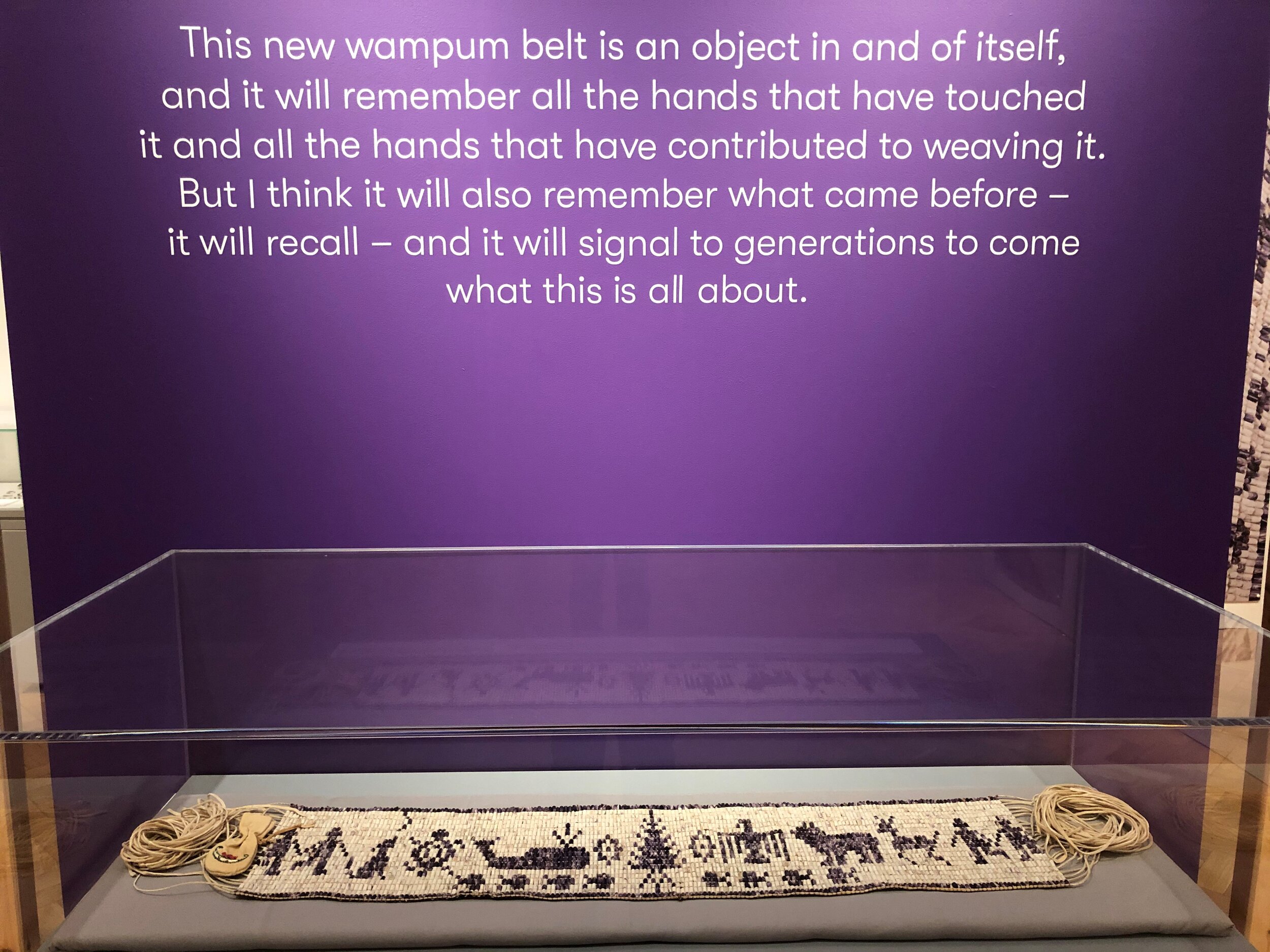Exercise Tiger was an Allied training exercise in preparation for World War Two’s D-Day that took place in southern England in April 1944; however, it went very wrong. Here, Peter Baugher tells the story of the largely unknown exercise – and how even Nazi Germany became involved.
American troops landing in Slapton Sands, southern England as part of Exercise Tiger. April 1944.
"It was a different world then. It was a world that required young men like myself to be prepared to die for a civilization that was worth living in” (Murphy 2019), says Harry Read, a British D-Day veteran, in a powerful statement. Operation Overlord freed northwestern France, generating shockwaves that eventually toppled Adolf Hitler. The invasion constitutes one of the most tactical military campaigns in history, the largest amphibious operation to date. But how did the Allies prepare? What blood was spilled in secret, and how long will it remain in the shadows? The forgotten dead of one fateful April night must now be remembered and honored. Although the story of Exercise Tiger is widely unknown, the operation was the deadliest training operation of the War.
The Curtain Opened
In September of 1943, around three thousand British villagers evacuated from Devon near Slapton Sands by order of the Allied Forces. (Small 1988) The exiles deserted homes, farms, and, as a result, their livelihoods. Although the officers delivering the order disclosed scarce information, the Allies decided the Beaches of Slapton Sands granted an ideal practice ground for the American troops to prepare for the invasion into Normandy. According to Naval History and Heritage Command, “Slapton was an unspoiled beach of coarse gravel, fronting a shallow lagoon that was backed by bluffs that resembled Omaha Beach. After the people in the nearby village were evacuated, it was an almost perfect place to simulate the Normandy landings. (Command 2015).” The Supreme Commander Dwight D. Eisenhower realized that the American troops were not prepared to stage the enormous invasion. Ironically, the future President failed to avoid spoiling that beach of gravel during a training exercise to prepare for success.
Evil Entered the Stage
The horrors of the morning of April twenty-seventh foreshadowed the disaster. In the early morning hours, British personnel bunkered on the beaches at Slapton Sands. In the interest of preparing the men for the chaos of battle, Commander Eisenhower commanded the British Army to fire live rounds aloft the American troops. Originally, Convoys planned to stage the mock invasion at seven-thirty. After logistical delays, the appointed time was moved to eight thirty. One convoy did not receive the order and arrived at the beach at the original scheduled time. The first wave stormed the beach while the British initiated live fire over the heads of the Americans. As the next wave arrived abaft, rogue lead found the bodies of American troops. Although the army avoided creating an official count, an estimated four hundred were killed during the incident.
The following midnight, a convoy known as T-4, consisting of American Landing Ship Tanks (LSTs), lumbered through the murky waters of the English Channel. After leaving port, British scanners detected the presence of German submarines, and attempted to alert the Americans. The American Convoy was not set to the proper frequency. Consequently, the American soldiers and sailors floated oblivious to potent danger (although some officers later reported ignorance that the mission was a training exercise at all). Years later, American and British historians learned that the German aerial reconnaissance missions found evidence of American and British Naval presence in the English Channel. German submarines were consequently ordered to patrol the surrounding waters. At 2:30 AM, the German S-Boat Flotilla found the convoy and fired missiles at the LST-515, resulting in critical damage to the hull. The survivors went overboard, thus initiating the Battle of Lyme Bay.
Naval policy forbade a functional ship to attempt a rescue in the middle of an operation without explicit order. However, the men of the LST-515, with unanimous consent, risked death or court martial, turned back to the burning wreckage of the 507, and saved half the crew. The rest of the men died in the fire, succumbed to frostbite, and drowned, or burned to death from the gasoline and oil spilled onto the water. Meanwhile, other submarines joined the attack, sinking the LST-531 and killing four hundred twenty-four men on board. A report from military archives states, “Most of the casualties were from LST 531. There were only 290 survivors of 744 soldiers and 282 sailors.” (Military History) In an attempt to retaliate against the aggressors, the LST-496 fired at the submarines, but caught the LST-515 in the crossfire. Although the endeavor sent the Germans back to port, the accident killed eighteen naval service members. At the end of the catastrophe, over seven hundred Americans were dead. The bodies that were recovered were reportedly never buried. According to an eyewitness, “They were driven round the top of the island and stored in Castletown dockyard.... they were packed in the tunnels, which were collapsed by explosions in 1994 before the dockyard closed.” (Dorset 2009) The failure had wider implications for Eisenhower and the other Allied leaders.
The Heroes Foregathered and the Warriors Sequestered
Eisenhower prepared to reconsider all Operations in the European Theater. Ten officers with detailed knowledge of Operation Overlord remained missing in action for several days. Additionally, the cataclysm provided evidence that German intelligence was successfully monitoring American and British movement. The men were given strict orders to remain in friendly territory. According to a researcher Rodney Ley, “General Dwight D Eisenhower, the Supreme Commander Allied Expeditionary Force, had given strict instructions that no BIGOT-classified (A classification referencing personnel with knowledge of specific details of the invasion, standing for “British Invasion of German Occupied Territory”) personnel should go on any journey or operation before D-Day which carried a risk of being captured by the Germans.” (Dorset 2009) Eisenhower carefully considered canceling or postponing the invasion into Normandy. However, after in-depth deliberation and discussion, as history shows, the invasion date remained June Sixth.
Despite the operation producing the deadliest training exercise of the war, the operation is unknown to most Americans and Brits. To date, no significant memorial appears to exist that honors the American lives lost. Although a private endeavor led by Devon native Kenn Small pulled a Sherman tank out of the water, and dedicated a plaque in honor of the fallen, neither the United States nor the British governments participated or recognized the ceremonies. At the time of writing, nothing of the sort exists on American soil. Both Navy and Army personnel were lost that day, but seventy years later, neither branch has erected a cenotaph to those bodies dwelling the wreckage of their old vessels. An acquaintance of mine, with a master’s in military history, was fascinated by my knowledge of the occurrence. Though you, reader, missed an opportunity this April, let the deaths of the men of Exercise Tiger infuse you with thanksgiving and respect for those who died to provide you with the freedom you live every day.
What do you think of Exercise Tiger? Let us know below.
References
Business Insider. “D-Day by the Numbers: Pulling Off the Biggest Amphibious Invasion in History.” Military.Com, 5 June 2019, www.military.com/off-duty/2019/06/05/d-day-numbers-pulling-biggest-amphibious-invasion-history.html
“Massacre at Slapton Sands — the Great Portland Cover-up | Dorset Life - The Dorset Magazine.” Dorset Life, May 2008, www.dorsetlife.co.uk/2009/05/massacre-at-slapton-sands-the-great-portland-cover-up.
Murphy, Bill, Jr. “17 Inspiring Quotes to Remember the 75th Anniversary of D-Day.” Inc.Com, 6 June 2020, www.inc.com/bill-murphy-jr/17-inspiring-d-day-quotes-to-remember-75th-anniversary-of-d-day.html.
Naval History and Heritage Command. “Exercise Tiger.” Naval History and Heritage Command, 26 Aug. 2015, www.history.navy.mil/research/library/online-reading-room/title-list-alphabetically/e/operation-tiger.html.
Small, Ken. The Forgotten Dead: The True Story of Exercise Tiger, the Disastrous Rehearsal for D-Day. Reprint, Osprey Publishing, 1988.
















